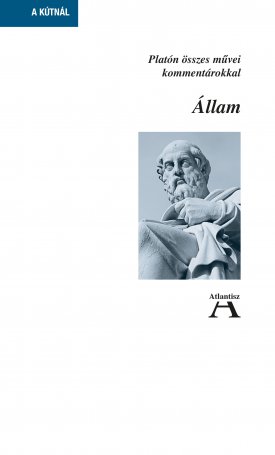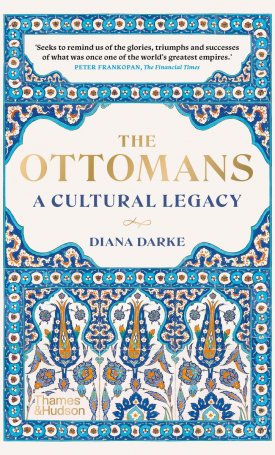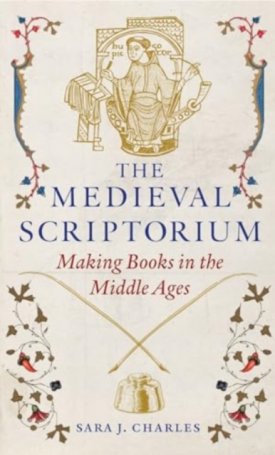Why Can the Dead Do Such Great Things? - Saints and Worshippers from the Martyrs to the Reformation
Why Can the Dead Do Such Great Things? - Saints and Worshippers from the Martyrs to the Reformation
Winner of the 2015 Otto Gründler Book Prize, The Medieval Institute of Western Michigan University
Winner of the 2013 PROSE Award in European and World History, Association of American Publishers
From its earliest centuries, one of the most notable features of Christianity has been the veneration of the saints—the holy dead. This ambitious history tells the fascinating story of the cult of the saints from its origins in the second-century days of the Christian martyrs to the Protestant Reformation. Robert Bartlett examines all of the most important aspects of the saints—including miracles, relics, pilgrimages, shrines, and the saints` role in the calendar, literature, and art.
The book explores the central role played by the bodies and body parts of saints, and the special treatment these relics received. From the routes, dangers, and rewards of pilgrimage, to the saints` impact on everyday life, Bartlett`s account is an unmatched examination of an important and intriguing part of the religious life of the past—as well as the present.
Robert Bartlett is professor of mediaeval history at the University of St. Andrews in Scotland.
TABLE OF CONTENTS:
List of Illustrations xv
Preface xvii
Part I Developments 1
Chapter 1 Origins (100-500) 3
The Martyrs 3
The Religious Revolution of the Fourth Century 7
Translations 10
Rituals of Commemoration and Invocation 13
Confessor Saints 16
The Birth of Hagiography 19
The First Miracle Books 22
Chapter 2 The Early Middle Ages (500-1000) 27
The View from the 590s 29
Gregory the Great 43
The Benedictine Centuries 47
New Christendoms: Eastern and Northern Europe 52
Chapter 3 The High and Later Middle Ages (1000-1500) 57
Papal Canonization 57
Mendicant Saints 65
Lay Female Saints 71
New Devotions 77
Chapter 4 The Protestant Reformation 85
Part II Dynamics 93
Chapter 5 The Nature of Cult 95
Name, Body, Text 95
Patronage and Invocation: The Mutual Relationship 103
Chapter 6 Saints` Days 113
Liturgy 113
The Hierarchy of Feast-days 120
Saints` Days and Local Identity 129
Holy Days and Holidays 133
Chapter 7 Types of Saint 137
Counting Saints 137
Categorizing Saints 150
Saints as Patrons 221
Chapter 8 Relics and Shrines 239
Body Parts 239
Contact Relics 244
The Shrine in the Church 250
Running a Shrine 259
Reliquaries 263
Relic Collections 276
Relics in Movement 282
Relics in Law and War 311
Relics in Dispute 324
Chapter 9 Miracles 333
The Meaning of Miracle 333
Patterns of Miracles 342
Healing Miracles 349
Miracles of Provision 365
Visions, Prophecy, and Rapture 368
Saints in War 378
Saints and Demons 383
Saints and Animals 390
Liberation 398
Punitive Miracles 401
Chapter 10 Pilgrimage 410
Origins and Definitions 410
Pilgrim Garb and Status 417
Motives 421
The Shrines of Medieval Christendom 425
Logistics 433
Pilgrim Guides and Pilgrim Badges 439
Chapter 11 Dedications and Naming 444
Dedication of Churches and Altars 444
Place Names 454
Personal Names 459
Chapter 12 Images of the Saints 471
The Image in Early Christianity 471
Byzantine Iconoclasm 475
Images in the Medieval West 480
Chapter 13 The Literature of Sanctity 504
Types of Hagiography 504
Reasons for Writing 510
The Hagiographers 513
The Life 518
Legendaries 546
Miracle Books 558
Sermons 570
The Literature of Canonization Proceedings 576
Vernacular Hagiography 578
Chapter 14 Doubt and Dissent 587
Early Polemics 587
Western Heretics 591
Sceptics and Scoffers 596
Policing the Saints 602
Chapter 15 Reflections 609
Saints and Gods 609
Saints and Nature 618
Saints and the Dead 621
Tomb-shrines in Judaism and Islam 626
Saints and Ancestors 630
Comparisons and Conclusions 633
Glossary 639
Bibliography of Works Cited 641
Index 735















